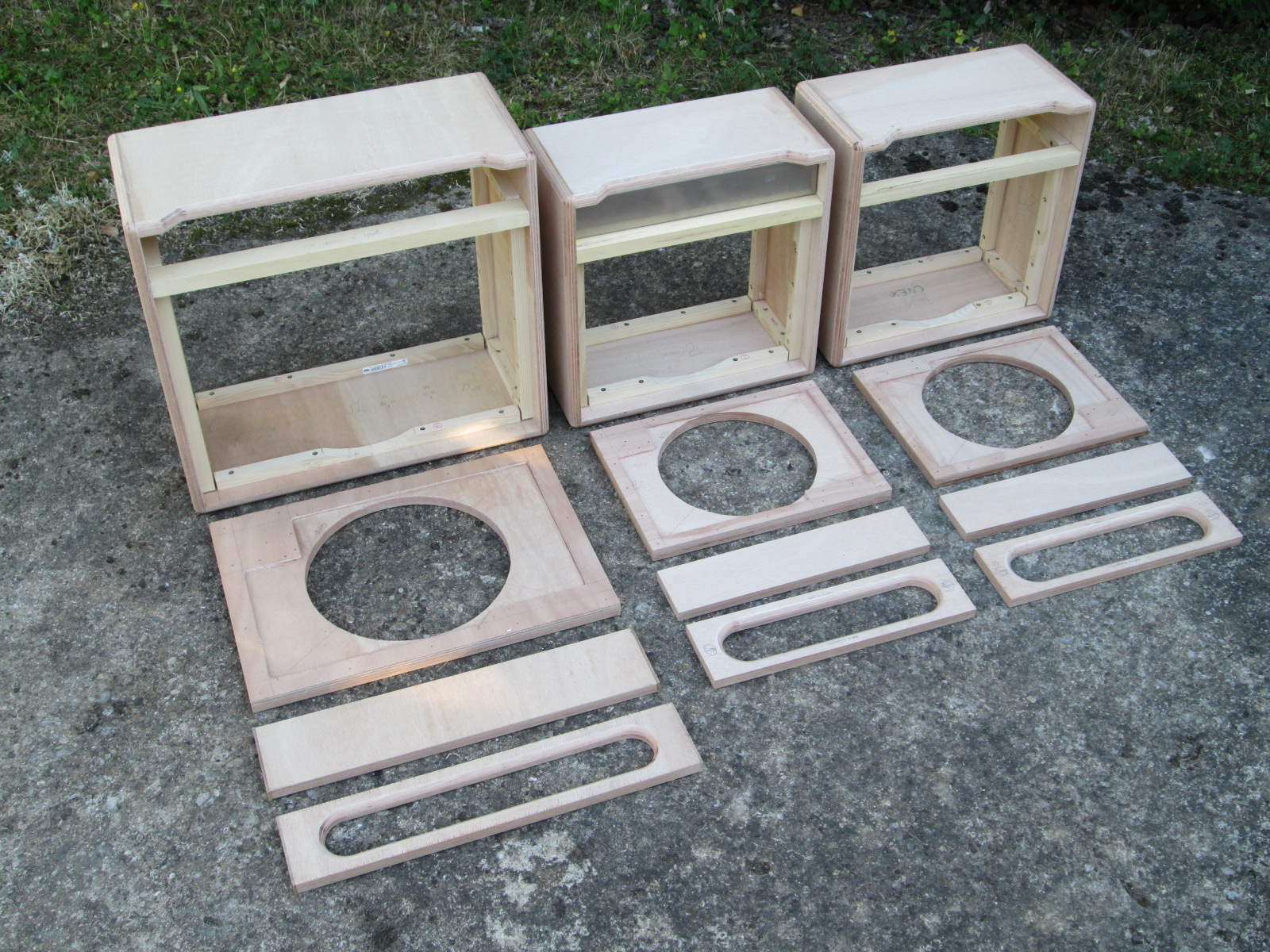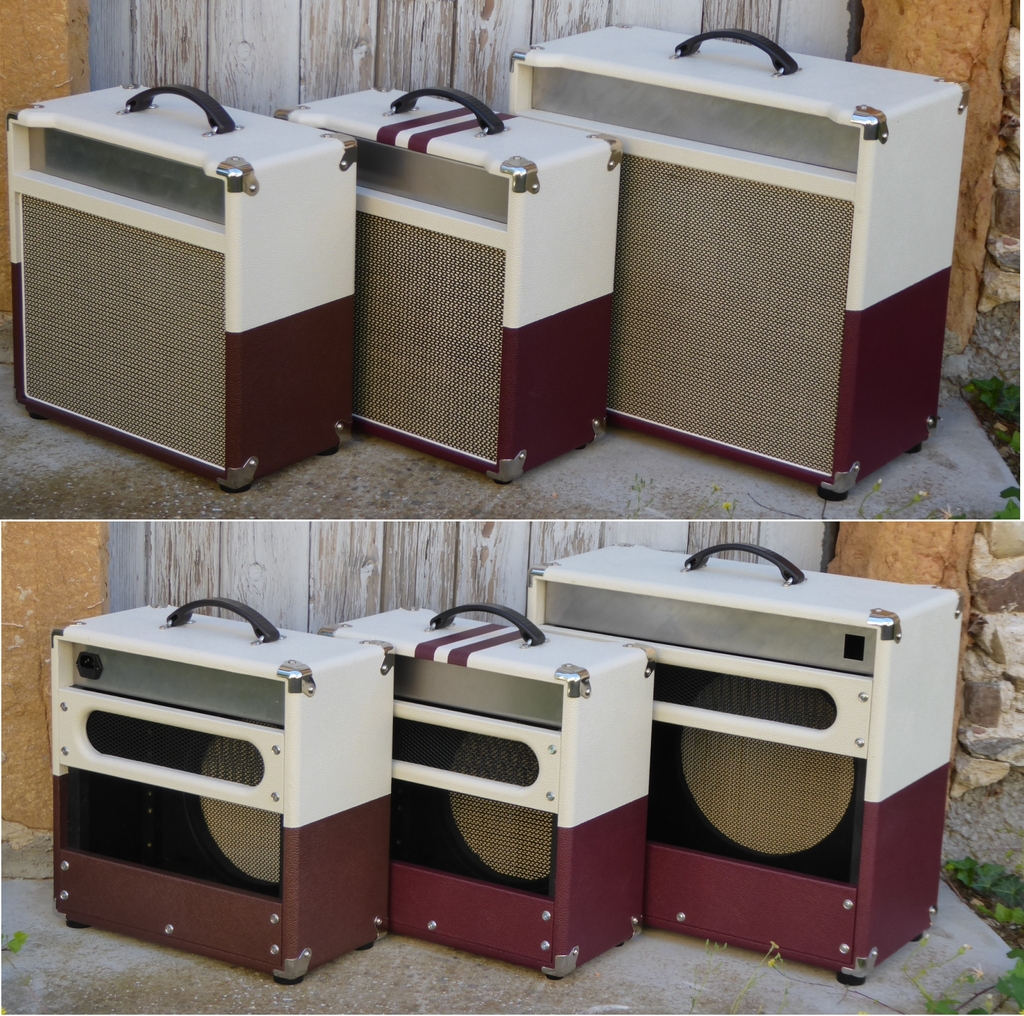dean
Friend of Leo's
I've started getting pieces and parts together for my 5f11 Vibrolux build-up - the kit has been ordered, I've got the wood for the cabinet, I'm ready to order the tweed cloth, and I'm sorting through my tools to make sure I have what I need. One item I don't have is a box joint jig to cut the edges of the cabinet boards. The amp will not necessarily be a spot-on replica, but I hope it will look appropriate when I get finished. I'm wondering if the box joints are necessary for the cabinet? I know that the original tweed-era cabs were box jointed but that later cabs were butt jointed. Rather that spending the $$ on a jig, I thought I might use something like doweled lap joint for putting the box together and put the savings toward a better speaker. Do any of you have experiences, opinions, or recommendations that might help me here? I've included a basic illustration of the lap joint (minus the dowels). I could use some advice.







